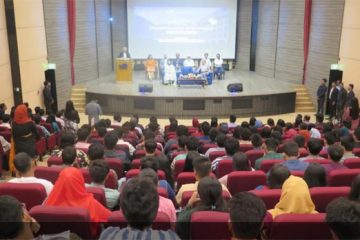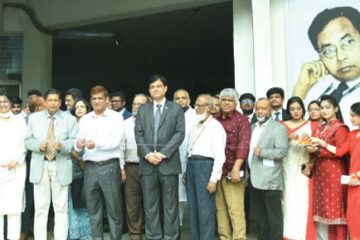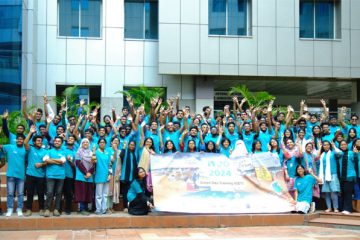Around 57 percent of child labourers were going to school before the Covid-19 pandemic hit, but 89 percent of them have dropped out afterwards, shows a recent study.
Educo Bangladesh — a Barcelona-based non-government organisation — conducted the study, titled “Child Labour in Bangladesh: Our Experience and Way Forward”, on 443 child labourers of Dhaka from October to December last year.
The study results were presented by the researchers in a session held at a city hotel yesterday.
Among the participants, 56 percent said they joined the workforce as their poverty-afflicted families needed financial support, while 28 percent said they started working due to schools closing because of the pandemic.
Besides, around 53 percent of them were sitting idle at home during the lockdown. Only 13 percent of child domestic workers had jobs, while 11 percent left Dhaka.
Twenty seven percent of employed child workers faced a minimum of 50 percent wage cut, while 22 percent couldn’t even get a meal three times a day during the period. The study also mentioned that around 70 percent child workers said they or their families didn’t get any financial support during the lockdown.
While presenting the data, Sharfuddin Khan, a freelance researcher, said, “Only 13 percent got support from the government and 12 percent from their employers.”
“It was a global disaster. We should not talk about the negative issues anymore — the past is in the past,” said Md Ashraf Ali Khan Khasru, state minister for social welfare ministry.
He also suggested that researchers don’t collect data only from the duration of the pandemic, but also go for pre and post-Covid data.
“We emphasised mandatory primary education with a stipend for all and on technical education to reduce the number of child labourers,” he added.
Lawmaker Meher Afroz Chumki, chairperson of the parliamentary standing committee on the women and children affairs ministry, said the government has initiated safety net programmes for child workers, and several ministries have separate budgets for children.
Afzal Kabir Khan, manager of Educo’s ODHIKAR project, said there are 3.45 million child labourers in the country. “A total of 1.28 million are engaged in hazardous work. About 95 percent are employed in the informal economy,” he added.
Mahbuba Bilkis, deputy secretary of the labour and employment ministry, didn’t agree with the statistics. “We need sector-wise or area-wise accurate statistics to address the issue,” she said.




















